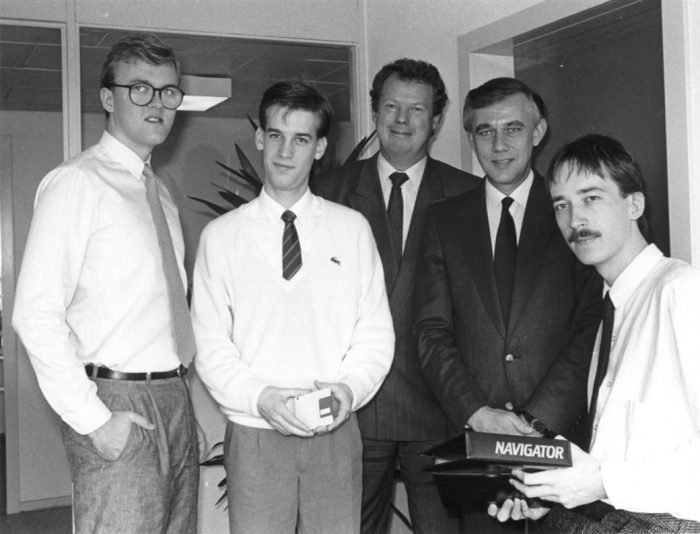Microsoft Dynamics NAV – the early revenue acceleration
In several posts we have seen how companies may fail to create early revenue acceleration. Now we turn our attention to a case in which the sales numbers grew solidly.
Way back in 1987, tiny accounting software developer PC&C had achieved a solid success with its single-user accounting software PC-Plus. The logical product line extension was a multi-user solution. But PC&C’s owners were not satisfied with developing a great product. They decided to try to make giant commercial strides forward at the same time.
In an unusually fortuitous deal, the PC&C owners in their native Denmark found that IBM could see an opportunity to couple the upcoming client/server-based, multi-user software with their own PS/2 hardware line. And to use the IBM PC-dealer channel to promote the offering. IBM introduced the multi-user solution as IBM-NAVIGATOR.
Technical skills and marketing, hand-in-hand
PC&C obviously owned their good fortune to hard work and careful planning, coming off the early success with PC-PLUS. But they also had a bit of luck. IBM Denmark at the time had a person with an unusual skill set: deep technical understanding AND remarkable marketing savvy.
Those in the know will recognize this gifted person as René Stockner, later head of PC&C in the US (by then renamed Navision) and, still later, VP of Sales & Marketing worldwide, both at Navision and later within the Microsoft organization.
Due to his extensive, technical background (he has a Ph.D. in Database Applications and Systems Science) Stockner immediately understood how the software’s architecture and functionality was different from the competition. And he then, uniquely, translated that into concrete benefits for customers, the PC-dealer channel, and IBM itself.
A roaring success in the home market
IBM-NAVIGATOR almost immediately became a roaring success in the market. For the first time, customers could have a PC-based, multi-user solution that was robust and secure – which potential customers understood immediately. These companies had the choice between IBM-NAVIGATOR and solutions running on minicomputers. Most of the time, their decision was the PC-based one – much to the dismay of minicomputer salespersons (such as this author).
And the rest is history. IBM-NAVIGATOR became Navision outside tiny Denmark, reaching the shores of more than 20 countries before the company went public in 1999. In 2001 it acquired archrival Damgaard Data before Microsoft in 2002 acquired the combined entity in a deal worth some 12 billion Danish kroner (about US$ 2 billion).









